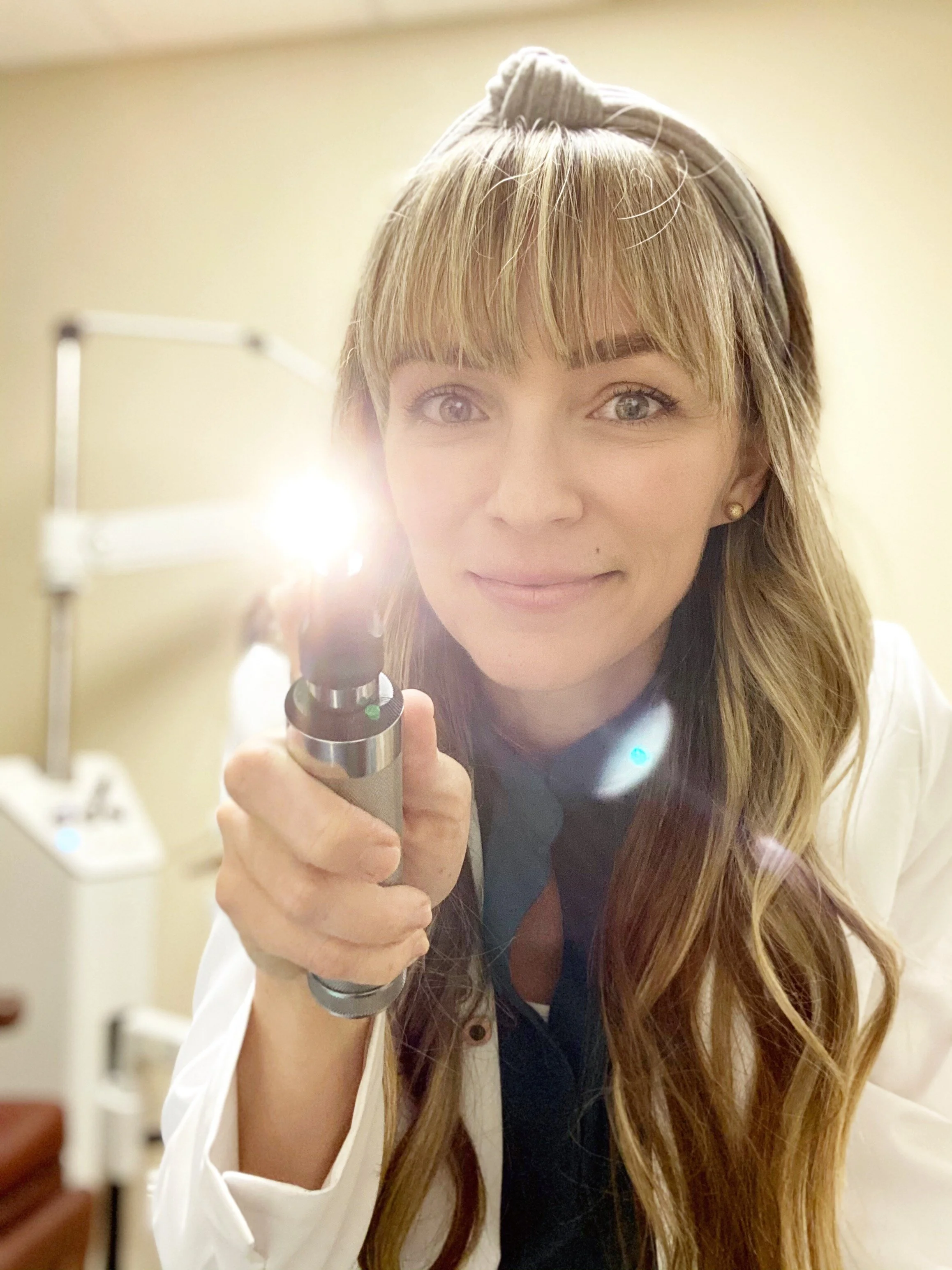Easy steps and lifestyle changes to improve eye health.
Change is sometimes hard. Discovering that change is needed then initiating that change, can be a long process for some when it involves overall health. However, some changes don’t have to be difficult and in fact, can even be easy to adopt into your current lifestyle. Your eye health is no exception. Taking proper care of your vision and eye health as part of your overall health and wellness actually can improve quality of life and, the not-so-secret is that, it is easier than you think!
Change your perspective by placing a priority on your eye health. Think about how you use your eyes daily then think about if you couldn’t. We rely on clear, comfortable and usable vision to do the majority of our daily activities, whether that be work-related, social, or family. Also, think about how we use our vision to employ emotion to experiences; to feel sadness, joy, anger, it all comes from analyzing the expressions in our eyes. Our eyes allow us to visually see but also experience so much more in life. One study cited that our eyes are “essential for interpersonal insight”. So how do we protect this insightful interpersonal instrument? It’s simple: a yearly comprehensive eye exam. Yes, visiting your Eye Care Provider (Optometrist) once a year can help prioritize your vision and improve overall eye health. Currently of the estimated 93 million US adults at risk for vision loss, only half visited an Eye Care Provider in the last twelve months. And with the number of visually impaired or blind doubling by 2030 and tripling by 2050, it’s vital to seek regular eyecare to prevent and protect further vision loss. Regular eyecare can have a life-changing impact on preserving an individual’s vision thus improving quality of life. A comprehensive eye exam has the potential to detect a vision or eye health condition that could save sight or preventing eye disease. A little effort on your part can go a long way by preventing and protecting your most precious sense, vision.
Eat right to protect your sight. Just as dietary modifications are necessary to reduce risks associated with systemic conditions, those same dietary changes can reduce one’s risk for eye disease. Green leafy vegetables, egg yolks, and brightly-colored fruits have been staples in providing a boost in nutrients and vitamins that play a role in eye health. Vitamins C, E, A have been linked to having a role in cataract prevention, night vision, and Dry Eye Disease. Including a diet of healthy fats like omega-3’s can help improve symptoms associated with Dry Eye. Adding dietary supplements that include Lutein and Zeaxanthin can help lower risk associated with Age-Related Macular Degeneration. Even a diet low in sugar and includes healthy complex carbs can reduce vision complications, arising from uncontrolled blood sugars in Diabetes Type 2. Good nutrition consistently promotes overall health while optimizes eye health.
Keep moving! Staying active reduces the risk of cardiovascular disease and conditions like Diabetes Type 2, both of which can impact vision negatively. Diabetic eye disease is one of the most preventable causes of vision loss by managing blood sugar with diet as well as exercise. Physical activity also gives us a break from device and screen use which can be a cause of eye strain, eye fatigue and dry eyes. In 2018, according to a market research study, American adults spent around ten hours per day on a device interacting with different types of media. Children ages 8 to 18 years old, spent on average of 7 hours per day. With a multitude of adults and children spending more time on a device due to COVID-related work-from-home or distance learning, the average amount of time spent on a screen is assumed to have exponentially increased. All this screen time means more sitting, less physical activity, more eyestrain, less blinking, more dry eye symptoms, less comfortable and clear vision…you get the point: not enough of one thing but too much of another. Not only taking visual breaks is necessary as in the 20/20/20 rule but also taking a break by getting up and moving, is beneficial for your body and eyes.
As with any type of change, it’s about taking a step in the right direction towards valuing and prioritizing your overall health and wellness, which can also reap benefits elsewhere, as is the case with your vision. Healthy body, healthy mind, and healthy eyes-these are worthy goals for the new year.
Stay Healthy and Happy!
Jen Wademan, O.D.






